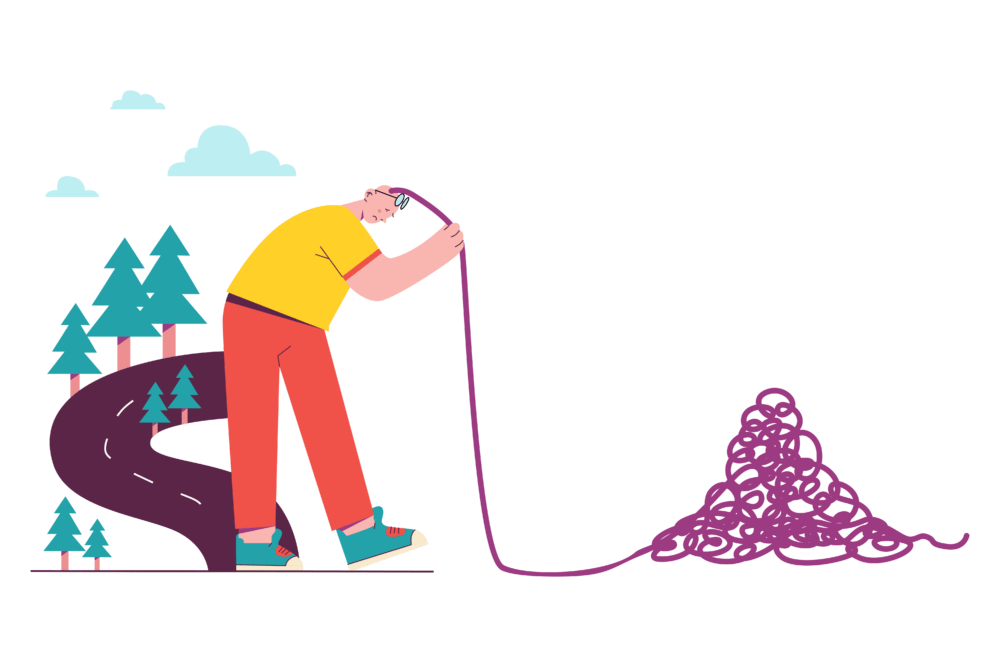Rumination is a common cognitive process that many individuals experience at some point in their lives. It involves repeatedly thinking about the same thoughts, often negative or distressing, without reaching any resolution. While reflection and introspection are natural aspects of human cognition, rumination takes these processes to an extreme, leading to a cycle of overthinking that can be detrimental to mental well-being.
The Nature of Rumination
- Repetitive Thoughts: Rumination is characterized by the recurrence of specific thoughts or concerns. These thoughts can range from past mistakes and regrets to fears about the future. The mind becomes stuck in a loop, replaying the same scenarios or worries without progress.
- Negative Focus: One of the defining features of rumination is its tendency to center around negative emotions. People often dwell on their failures, shortcomings, or anxieties, amplifying the impact of these negative thoughts on their mental state.
- Lack of Resolution: Unlike problem-solving, which aims to find solutions, rumination tends to lack a clear endpoint. Individuals may replay the same issues in their minds without moving toward a resolution, leading to a sense of helplessness and frustration.

Consequences of Rumination
- Impact on Mental Health: Persistent rumination is linked to various mental health issues, including anxiety and depression. The constant dwelling on negative thoughts can contribute to the development or exacerbation of these conditions.
- Interference with Problem-Solving: Rumination often interferes with effective problem-solving. While individuals may be aware of the issues causing distress, the repetitive nature hinders the ability to generate new perspectives or strategies.
Breaking the Cycle
- Mindfulness and Awareness: Developing mindfulness involves staying present in the moment without judgment. Techniques such as meditation and deep breathing can help individuals become more aware of their thoughts and emotions, providing a foundation for breaking the cycle.
- Cognitive Behavioral Therapy (CBT): CBT is a therapeutic approach that targets negative thought patterns and behaviors. It helps individuals identify and challenge irrational beliefs, providing practical tools to shift their thinking toward more constructive and positive patterns.
- Problem-Solving Strategies: Actively engaging in problem-solving can disrupt the cycle of rumination. Instead of dwelling on the issue, individuals can work towards finding concrete solutions or taking steps to address the root causes of their concerns.
Conclusion
Rumination is a common cognitive challenge that affects many individuals, impacting their mental health and well-being. Recognizing the signs of rumination and implementing strategies to break the cycle are crucial steps toward fostering a healthier mindset. Whether through mindfulness practices, therapeutic interventions, or problem-solving techniques, there are effective ways to mitigate the negative effects and promote a more positive and resilient mental state.
Ready to begin? Start your online therapy journey today. Book your first session now.




